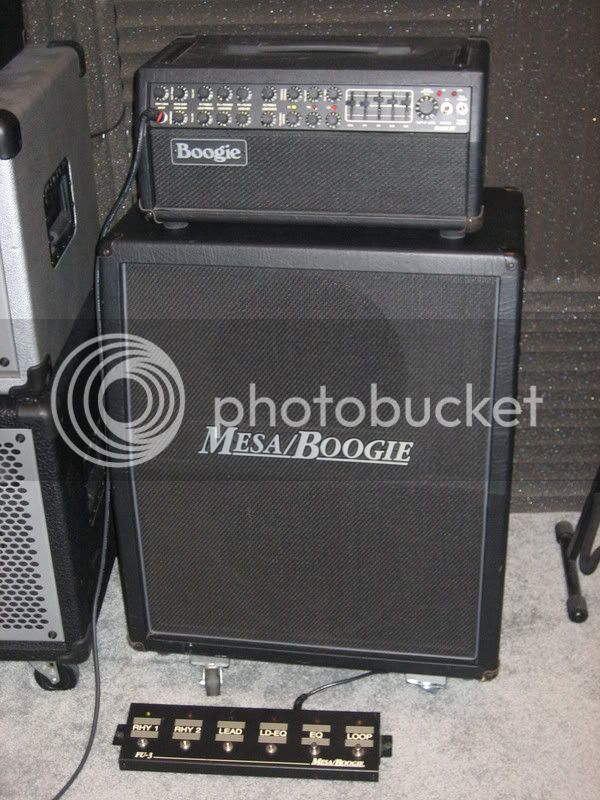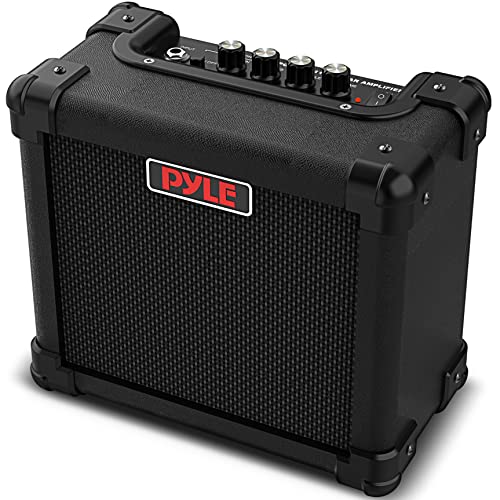visualrocker69
Well-known member
Mark IV
Hi, as I've been devouring the Mark IV owner's manual in anticipation of its arrival, some questions have arisen.
1) Firstly, I understand from what I've read that tube amps generally require a high master volume setting to attain the optimal sound. How high does this have to be on the Mark IV to achieve that desirable level of tube saturation?
2) I see that the Mark IV has masters for each channel, and also an output level control. Doesn’t this mean that I can simply turn up the masters to get that tube saturation, and then play at a low output level anyway? I’m just a bit confused why everyone’s talking about attenuators and such, complaining about the required volume to get an optimal sound, if this is indeed a viable option.
3) Tuuuuuuuuuuuuuuuuuuuubes. I know nothing about them. Literally. Can anyone point me to somewhere I can read up on them?
But first of all and most importantly…
Should I at first stick to Mesa’s 6L6’s and get to know my Mark IV, or should I immediately start researching and questing for my own preferential tubes?
Just on principle, however, should I run four 6L6 tubes or two 6L6’s and two EL34’s? From what I heard EL34 are more…British-esque. Is this accurate? I know plenty of you use them in your Mark IV’s and IIC+’s!
And a few more questions on tubes… (I realize that for something like “What tubes do you use in your Mark IV” all I have to do is search backwards in these boards, but that won’t answer MY questions…)
So 6L6’s and EL34’s are different kinds of power tubes, right? The smaller ones are preamp tubes, then? But are 6L6 and EL34 like *specific* kinds of tubes or are they just a general tube type that different manufacturers make? Again, I really don’t know anything.
Another thing I don’t understand is the full name of Mesa’s tubes… for example EL34 STR-447 … What does the latter part “STR-447” indicate. And why are they called “Sovtek”? Same for 6L6 STR-440 “Chinese”, 5881 STR-425 “Russian”, 6V6 STR-417 “Chinese”, and Siemens NOS EL34 STR-450… :? :? :? what do all of these labels mean?
And preamp tubes… oh god, I’m even more uncomfortable… are there different kinds of preamp tubes too? Do the differences affect the sound as much as power tubes? I think 12AX7 are the default preamp tubes for Mark IV’s… Am I right?
Thanks for your help everyone… Truly grateful
Hi, as I've been devouring the Mark IV owner's manual in anticipation of its arrival, some questions have arisen.
1) Firstly, I understand from what I've read that tube amps generally require a high master volume setting to attain the optimal sound. How high does this have to be on the Mark IV to achieve that desirable level of tube saturation?
2) I see that the Mark IV has masters for each channel, and also an output level control. Doesn’t this mean that I can simply turn up the masters to get that tube saturation, and then play at a low output level anyway? I’m just a bit confused why everyone’s talking about attenuators and such, complaining about the required volume to get an optimal sound, if this is indeed a viable option.
3) Tuuuuuuuuuuuuuuuuuuuubes. I know nothing about them. Literally. Can anyone point me to somewhere I can read up on them?
But first of all and most importantly…
Should I at first stick to Mesa’s 6L6’s and get to know my Mark IV, or should I immediately start researching and questing for my own preferential tubes?
Just on principle, however, should I run four 6L6 tubes or two 6L6’s and two EL34’s? From what I heard EL34 are more…British-esque. Is this accurate? I know plenty of you use them in your Mark IV’s and IIC+’s!
And a few more questions on tubes… (I realize that for something like “What tubes do you use in your Mark IV” all I have to do is search backwards in these boards, but that won’t answer MY questions…)
So 6L6’s and EL34’s are different kinds of power tubes, right? The smaller ones are preamp tubes, then? But are 6L6 and EL34 like *specific* kinds of tubes or are they just a general tube type that different manufacturers make? Again, I really don’t know anything.
Another thing I don’t understand is the full name of Mesa’s tubes… for example EL34 STR-447 … What does the latter part “STR-447” indicate. And why are they called “Sovtek”? Same for 6L6 STR-440 “Chinese”, 5881 STR-425 “Russian”, 6V6 STR-417 “Chinese”, and Siemens NOS EL34 STR-450… :? :? :? what do all of these labels mean?
And preamp tubes… oh god, I’m even more uncomfortable… are there different kinds of preamp tubes too? Do the differences affect the sound as much as power tubes? I think 12AX7 are the default preamp tubes for Mark IV’s… Am I right?
Thanks for your help everyone… Truly grateful























